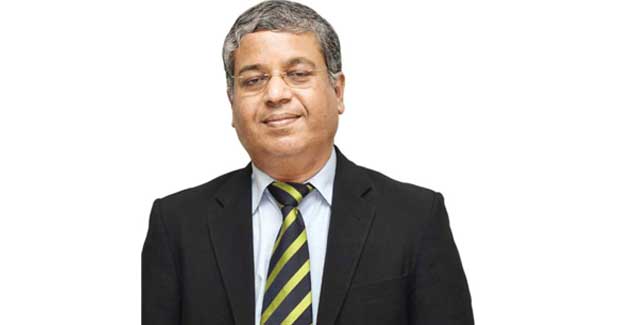

- VG Sakthikumar, Managing Director, Schwing Stetter Sales and Services
While sectors such as commercial, residential, real estate, power, and infrastructure indirectly drive the growth of the Indian crane sector, considering they require a variety of cranes for their material lifting needs; they also creating scope for product innovations. In this direction, VG Sakthikumar, Managing Director, Schwing Stetter Sales and Services, shares more on the crane market in India and features in demand.
How do you view the current market for cranes?
The tower crane market is in a fairly nascent stage in India as compared to developed markets. However, this scenario is changing and the tower cranes market is expected to grow at 20 per cent annually over the next few years. The real estate sector itself has seen a paradigm shift after the passing of RERA.
Even Tier-II towns are witnessing previously unseen level of development, and the skyline of cities such as Mumbai, Pune and Delhi are changing with skyscrapers becoming the norm. Mumbai alone accounts for approximately 70-80 per cent of the demand for new tower cranes. All capacities put together, the volume is 500 numbers. Travelling tower crane requirements will be on the rise.
What intelligent features do cranes feature nowadays?
Anti-collision device: Anti-collision device is designed to prevent cranes from flying over forbidden zones or colliding with another when multiple cranes are present in the job site. This system can detect the angle, weight of the load lifted and ground radius of the crane. The crane is fitted with multiple sensors for each of the parameters, which are then displayed in the operator´s cabin to keep them informed. Designed to help prevent accidents, once a situation becomes increasingly unsafe, device will slow down movement while warning the operator of any danger. These movements will then be decreased and finally stopped to avoid collision with another crane or flying over a forbidden zone.
Safe load indicator: Its design makes it extremely suitable for harsh working environment as well as less demanding situations. This indicator comes with a lot of advantages.
What sorts of projects are expected to spur demand for different kinds of cranes?
Growth of various sectors primarily commercial, residential, real estate, power, and infrastructure will indirectly drive the growth of the Indian crane sector. Since these industries require a variety of cranes for their material lifting needs, they keep driving the demand for cranes as well as creating scope for product innovations. The tower crane industry, in turn, will keep on expanding and innovating. Residential and commercial projects will also drive the demand for tower cranes. Since high-rises have become a trend not only in metros but in Tier-II and Tier III cities as well, the real estate and commercial sector will demand tower cranes in the coming years. Luffing cranes will become popular in high-rise and congested areas in metros.